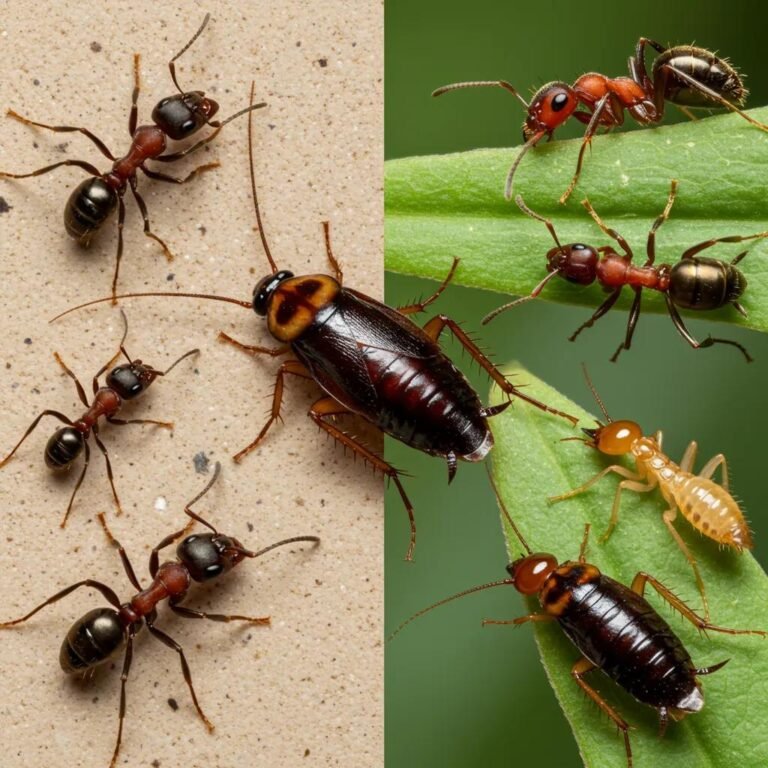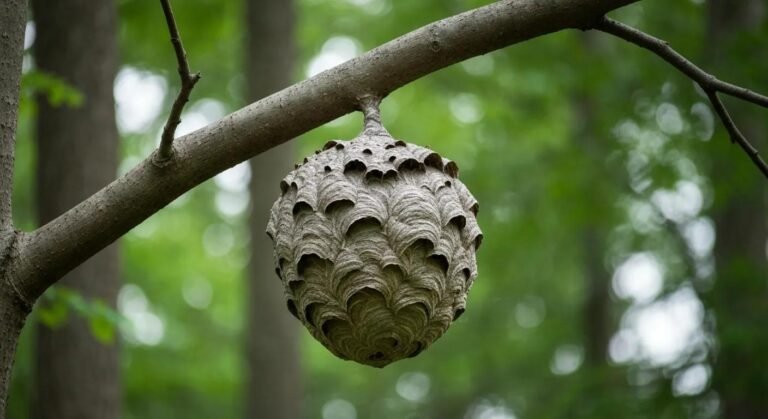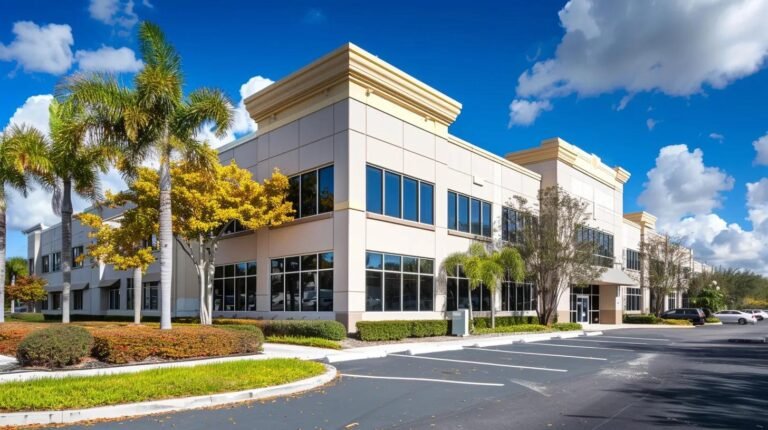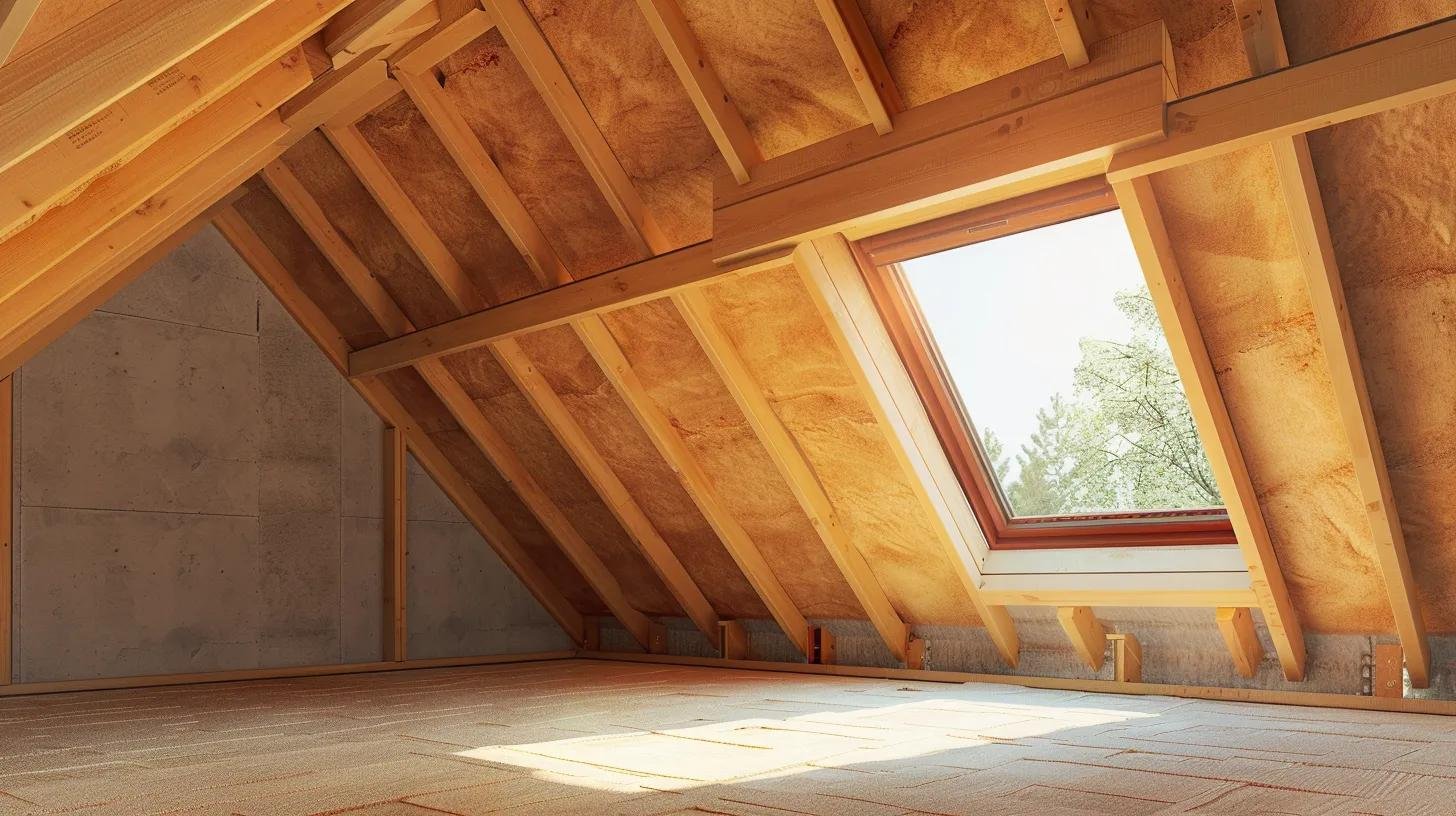
Attic spaces represent one of the most overlooked yet critical components of comprehensive fall pest prevention strategies for South Florida homeowners. These elevated areas create ideal environments for numerous pest species seeking shelter, breeding sites, and overwintering locations as seasonal conditions change. Understanding the relationship between attic conditions and pest activity allows property owners to implement proactive measures that prevent infestations before they develop into costly, disruptive problems requiring extensive remediation efforts.
The unique environmental conditions found in attic spaces—consistent temperatures, protection from predators, abundant nesting materials, and minimal human disturbance—make them particularly attractive to pest species during fall months when many animals instinctively seek secure shelter for breeding and overwintering activities. Professional attic sanitation services address these attractant factors while creating environments that actively discourage pest establishment and support long-term prevention goals.
Fall timing provides optimal opportunities for comprehensive attic pest prevention because many species are actively seeking new territories but haven’t yet established permanent populations in preferred locations. Addressing attic conditions during this transition period prevents pest establishment while moderate weather conditions facilitate thorough inspection and remediation work that would be uncomfortable or unsafe during extreme summer heat or winter weather variations.
Understanding Attic Environments and Pest Attraction
Attic spaces possess unique environmental characteristics that make them exceptionally attractive to diverse pest species, particularly during fall months when changing conditions trigger shelter-seeking behaviors in numerous animals. The combination of physical protection, thermal regulation, and resource availability creates what pest control professionals recognize as “super habitat” for many problematic species.
Temperature and Climate Control
Modern attic spaces maintain relatively stable temperature ranges throughout seasonal transitions, providing thermal refuge that many pest species find irresistible during periods of environmental stress. While attic temperatures fluctuate more than living spaces, they remain significantly more stable than outdoor conditions, offering protection from temperature extremes that can stress or eliminate pest populations.
The thermal mass of roofing materials and insulation systems creates temperature gradients within attic spaces that allow different pest species to select optimal microenvironments for their specific needs. These gradients provide options for species requiring warmer conditions near roof surfaces and cooler areas near floor levels, accommodating diverse pest preferences within single spaces.
Radiant heat from roofing materials during daytime hours followed by cooling periods creates daily temperature cycles that many pest species utilize for optimal activity patterns. These predictable cycles allow pests to time feeding, breeding, and nesting activities for maximum efficiency while minimizing exposure to unfavorable conditions.
Moisture Dynamics and Pest Support
Attic moisture conditions significantly impact pest attraction and support capabilities, with even minor moisture problems creating environments that can support diverse pest communities. Condensation from HVAC systems, roof leaks, and humidity infiltration create localized high-moisture areas that attract moisture-dependent pest species while supporting bacterial and fungal growth that provides food sources for other pests.
Seasonal moisture variations in attic spaces create dynamic environments that different pest species exploit at various times throughout the year. Fall’s moderate humidity levels combined with occasional precipitation create ideal conditions for many pest species to establish populations before winter moisture extremes arrive.
The interaction between temperature and moisture in attic spaces creates microclimates that can support pest species with vastly different environmental requirements within relatively small areas. These diverse microclimates allow multiple pest species to coexist while providing backup habitat options that increase overall pest pressure on properties.
Resource Availability and Nesting Materials
Attic spaces typically contain abundant nesting materials in the form of insulation, stored items, dust accumulation, and organic debris that provide construction materials for pest nests and shelters. These readily available resources eliminate major limiting factors that prevent pest establishment in less suitable environments.
Stored items in attic spaces often provide both nesting materials and food sources for various pest species, particularly when cardboard boxes, fabric items, or organic materials are present. The combination of shelter construction materials and nutritional resources creates comprehensive habitat support that can sustain pest populations indefinitely.
The minimal disturbance typical of attic environments allows pest populations to establish and develop without the disruption that limits pest success in more active areas of homes. This protection from human interference enables pest species to complete reproductive cycles and establish multi-generational populations that become increasingly difficult to eliminate over time.
Common Fall Attic Invaders
Understanding the specific pest species most likely to establish in attic environments during fall months enables targeted prevention strategies while helping homeowners recognize early warning signs before populations become entrenched. Different pest species create varying levels of damage, health risks, and control challenges, making species identification crucial for appropriate response strategies.
Rodent Populations and Breeding Cycles
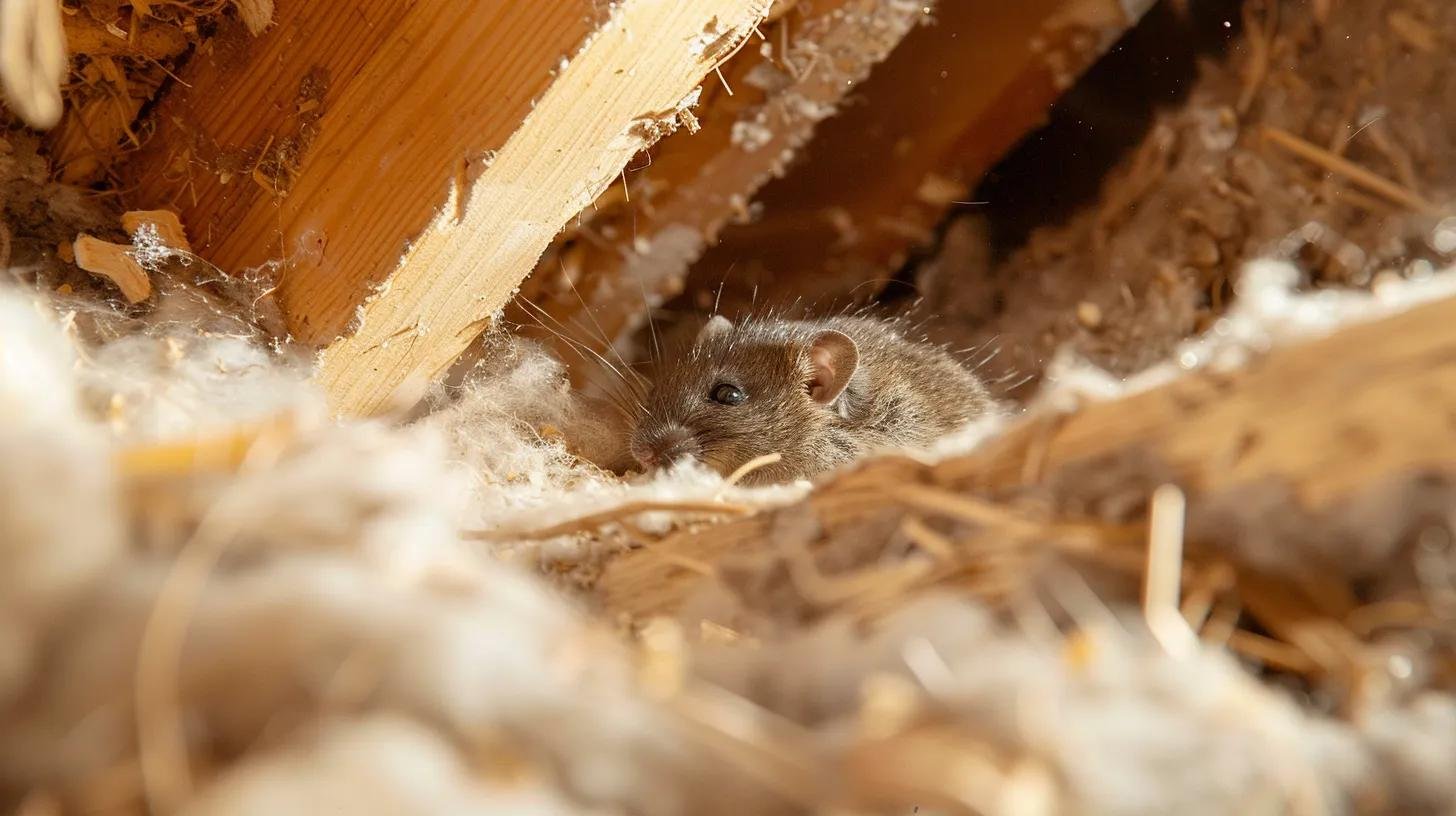
Roof rats represent the most significant rodent threat to South Florida attics, with their excellent climbing abilities providing easy access to elevated spaces through utility penetrations, roof damage, or vegetation contact points. These agile rodents can establish extensive populations within attic insulation and storage areas while creating tunnel systems that compromise insulation effectiveness and create fire hazards through electrical wire damage.
Fall represents peak breeding season for roof rats, with optimal environmental conditions supporting rapid population expansion when suitable habitat is available. Female roof rats can produce multiple litters annually, with each litter containing 4-8 offspring that reach reproductive maturity within 3-4 months, creating exponential population growth potential in suitable environments.
Rat control and extermination becomes significantly more complex once populations establish in attic environments due to the extensive harborage areas available and the difficulty of accessing all potential nesting sites. Professional control efforts must address both active populations and the environmental conditions that support ongoing reproduction and establishment.
House mice also exploit attic environments, though their smaller size allows access to areas that roof rats cannot reach while their higher reproductive rate enables rapid population establishment from minimal initial introductions. Mouse populations can establish in wall voids accessible from attic spaces, creating distributed infestations that require comprehensive treatment approaches.
The accumulation of rodent waste products in attic spaces creates serious health hazards through airborne pathogen transmission while compromising indoor air quality throughout affected homes. Rodent urine and fecal contamination can persist in attic insulation and stored materials for extended periods, requiring professional remediation for safe removal.
Bat Roosts and Seasonal Behavior
Several bat species utilize attic spaces for roosting and breeding activities, with fall representing a critical period for roost establishment as these mammals prepare for winter dormancy or migration activities. Brazilian free-tailed bats and evening bats commonly establish colonies in attic spaces where they can access suitable roosting sites while remaining protected from predators and weather extremes.
Bat populations in attic spaces create significant contamination problems through guano accumulation that can compromise insulation effectiveness while creating health hazards from airborne pathogens including histoplasmosis spores. The volume of guano produced by even small bat colonies can create structural concerns while requiring specialized cleanup procedures for safe removal.
Florida bat removal and attic cleanup must comply with federal and state regulations protecting these beneficial mammals while addressing the serious contamination and structural concerns created by established roosts. Professional services provide legal compliance while ensuring comprehensive cleanup that eliminates health hazards and prevents future establishment.
The timing of bat control efforts requires understanding seasonal activity patterns and legal restrictions that protect these mammals during critical breeding and hibernation periods. Fall represents optimal timing for exclusion work that prevents establishment without violating protective regulations or causing harm to beneficial bat populations.
Insect Infestations and Colony Development
Carpenter ants frequently establish satellite colonies in attic spaces, particularly in areas where moisture problems have compromised wooden structural elements. These insects excavate galleries in wood while using attic spaces for colony expansion, creating structural damage that can compromise building integrity over time.
Termite activity in attic spaces typically involves subterranean species that build mud tubes through insulation to reach wooden structural elements. The concealment provided by attic insulation can delay detection of termite activity until significant structural damage occurs, making regular inspection and prevention crucial for property protection.
Wasps and hornets may establish nests in attic spaces, taking advantage of protected environments and abundant nesting materials while remaining close to exterior access points. These stinging insects can create safety hazards while their nest construction activities may damage insulation and stored materials.
Various beetle species, including powderpost beetles and old house borers, can establish populations in attic spaces while feeding on wooden structural elements. The protection provided by attic environments allows these wood-destroying insects to cause progressive damage that may not become apparent until significant structural compromise occurs.
Health Hazards of Contaminated Attics
Pest-contaminated attic spaces pose serious health risks that extend throughout affected homes through HVAC system circulation, airborne pathogen transmission, and direct exposure during maintenance activities. Understanding these health risks helps homeowners appreciate the importance of proactive attic sanitation while recognizing when professional remediation becomes necessary for family safety.
Airborne Pathogen Transmission
Rodent waste products in attic spaces can harbor dangerous pathogens including hantavirus, salmonella, and lymphocytic choriomeningitis virus that become airborne when dried waste materials are disturbed during routine maintenance activities or through HVAC system air circulation. These airborne pathogens can cause serious respiratory illnesses and other health complications, particularly for vulnerable populations including children, elderly individuals, and those with compromised immune systems.
Bat guano contamination creates risks from histoplasmosis, a respiratory infection caused by inhaling spores from fungus that grows in accumulated bat droppings. This condition can cause severe respiratory symptoms and may require extended medical treatment, particularly in individuals with existing respiratory conditions or compromised immune systems.
The accumulation of pest waste products over time creates concentrated contamination sources that continue to pose health risks long after pest populations are eliminated. Professional remediation becomes necessary to address these contamination sources safely while preventing ongoing health risks from persisting contaminated materials.
Allergen Accumulation and Respiratory Impacts
Pest infestations in attic spaces create significant allergen sources through waste accumulation, shed skin particles, and deceased pest remains that can trigger allergic reactions and respiratory problems in sensitive individuals. These allergens circulate throughout homes via HVAC systems while concentrated exposure occurs during attic access for maintenance activities.
Dust mite populations often flourish in pest-contaminated attic environments where organic debris and moisture create ideal breeding conditions. These microscopic arthropods produce powerful allergens that can trigger asthma attacks and other respiratory problems while remaining difficult to eliminate without comprehensive sanitation efforts.
The combination of multiple allergen sources in contaminated attic spaces can create synergistic effects that exceed the individual impact of any single contamination source. Comprehensive sanitation addresses all allergen sources simultaneously while creating environments that resist future allergen accumulation.
Direct Contact Hazards
Maintenance activities in contaminated attic spaces expose individuals to direct contact with contaminated materials, creating risks from pathogen transmission through cuts, scratches, or mucous membrane contact. The protective equipment and procedures necessary for safe attic work in contaminated environments exceed typical homeowner capabilities.
Structural damage caused by pest activity can create safety hazards including weakened support members, compromised flooring, and damaged electrical systems that pose risks during attic access. Professional assessment becomes necessary to identify and address these safety concerns before attempting remediation work.
The Attic Sanitation Process
Comprehensive attic sanitation involves systematic removal of contaminated materials, thorough cleaning and disinfection procedures, and environmental modifications that prevent future pest establishment. The complexity of effective sanitation requires specialized equipment, materials, and expertise that professional services provide while ensuring safety and thoroughness.
Contaminated Material Removal
The first phase of attic sanitation involves systematic removal of all contaminated materials including soiled insulation, contaminated stored items, pest nests, and accumulated debris that harbors pathogens and attracts pests. This removal process requires specialized equipment including HEPA-filtered vacuum systems, containment barriers, and protective equipment that prevents contamination spread during removal activities.
Insulation removal in contaminated attics requires specialized techniques that prevent airborne contamination while ensuring complete removal of affected materials. Professional services use negative air pressure systems and containment procedures that protect both workers and homeowners from exposure to contaminated materials during removal processes.
Waste disposal procedures for contaminated materials must comply with local regulations while ensuring safe transport and disposal that prevents environmental contamination. Professional services understand these requirements and handle disposal appropriately while relieving homeowners of liability concerns associated with contaminated material handling.
Comprehensive Cleaning and Disinfection
Following contaminated material removal, comprehensive cleaning procedures address all accessible surfaces using specialized disinfectants that eliminate pathogens while removing organic residues that might attract future pest activity. These cleaning procedures extend beyond visible contamination to address areas where airborne particles may have settled throughout attic spaces.
Structural cleaning procedures address wooden beams, metal components, and other permanent fixtures that cannot be removed but may harbor contamination from pest activity. Specialized cleaning agents and techniques ensure pathogen elimination while protecting structural integrity of building components.
Air space treatment procedures address airborne contamination using fogging techniques and air purification systems that eliminate pathogens and allergens from the entire attic environment. These treatments provide comprehensive contamination control that extends beyond surface cleaning to address the three-dimensional nature of attic contamination.
Environmental Modification and Prevention
Following cleaning procedures, environmental modifications create conditions that actively discourage pest establishment while supporting long-term prevention goals. These modifications may include moisture control improvements, ventilation enhancements, and exclusion work that eliminates pest access points.
Insulation replacement with pest-resistant materials provides improved thermal performance while creating environments that discourage pest establishment. Modern insulation materials can be selected for enhanced pest resistance while providing superior energy efficiency compared to contaminated materials being replaced.
Access point elimination involves sealing entry routes that pests use to reach attic spaces, including utility penetrations, roof damage, and vegetation contact points. Professional exclusion work addresses both obvious and subtle access routes while ensuring that exclusion materials and techniques provide long-term effectiveness.
Preventive Maintenance Strategies
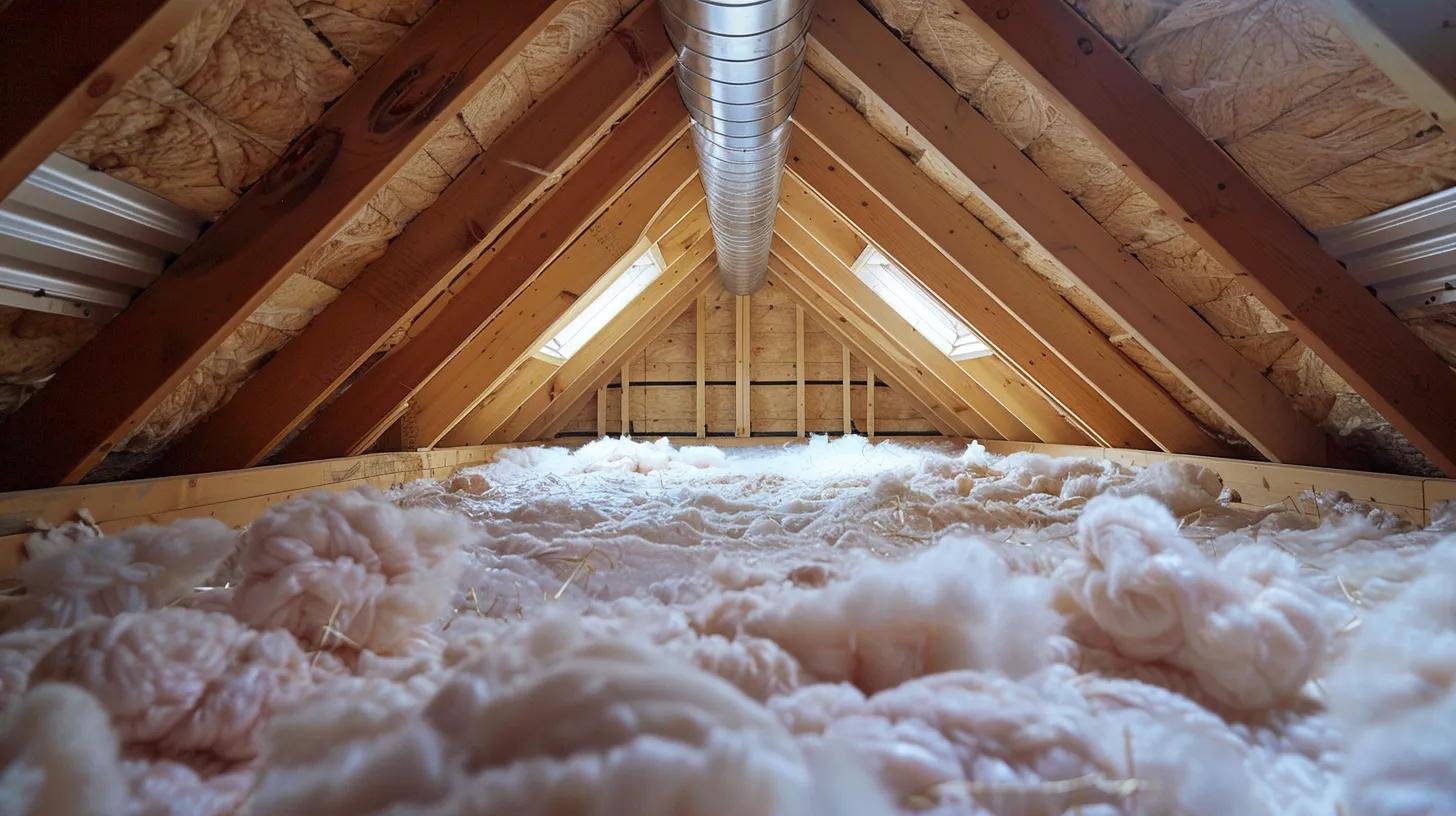
Effective attic pest prevention requires ongoing maintenance and monitoring programs that address changing conditions while maintaining the environmental modifications implemented during initial sanitation efforts. Understanding these maintenance requirements helps homeowners protect their investment while ensuring continued pest prevention effectiveness.
Regular Inspection Schedules
Systematic inspection programs enable early detection of pest activity before populations become established while providing opportunities to address maintenance needs that might compromise pest prevention effectiveness. These inspections should include assessment of exclusion work, moisture conditions, ventilation adequacy, and any signs of pest activity or environmental changes.
Professional inspection services provide expertise in identifying subtle signs of pest activity while assessing the effectiveness of prevention measures implemented during sanitation projects. Regular professional inspections can detect problems early while providing recommendations for maintenance activities that support long-term prevention goals.
Seasonal inspection timing takes advantage of natural activity patterns while addressing the specific concerns associated with different times of year. Fall inspections are particularly important because many pest species are actively seeking overwintering sites during this period, making early detection crucial for preventing establishment.
Moisture Control Maintenance
Ongoing moisture management prevents the conditions that attract many pest species while protecting the effectiveness of attic sanitation investments. Regular assessment of HVAC system operation, roof integrity, and ventilation adequacy ensures that moisture problems don’t develop and compromise pest prevention efforts.
Ventilation system maintenance ensures adequate air circulation that prevents moisture accumulation while maintaining temperature conditions that discourage pest establishment. Proper ventilation also prevents the accumulation of organic debris that can provide food sources for various pest species.
Roofing maintenance prevents water intrusion that can create ideal conditions for pest establishment while protecting the structural integrity of exclusion work implemented during sanitation projects. Regular roof inspections and prompt repair of minor damage prevent major problems that could compromise entire pest prevention systems.
Environmental Monitoring
Temperature and humidity monitoring provides early warning of environmental changes that might encourage pest establishment while allowing for prompt corrective action before problems develop. Modern monitoring systems can provide remote alerts when conditions exceed acceptable parameters.
Activity monitoring using detection devices provides early warning of pest activity while allowing for targeted intervention before populations become established. These monitoring systems complement regular inspections while providing continuous assessment of pest prevention effectiveness.
Integration with Comprehensive Pest Management
Attic sanitation represents one component of comprehensive pest management programs that address all aspects of property pest prevention while providing coordinated approaches that maximize effectiveness and cost efficiency. Understanding how attic sanitation integrates with other pest control measures helps homeowners develop comprehensive protection strategies.
Seasonal Treatment Coordination
Fall attic sanitation coordinates optimally with other seasonal pest prevention activities to create comprehensive property protection that addresses multiple pest species and environmental factors simultaneously. This coordinated approach provides cost efficiencies while ensuring that different pest control activities complement rather than interfere with each other.
Treatment timing coordination ensures that attic sanitation activities don’t conflict with other pest control procedures while maximizing the effectiveness of integrated approaches. Professional services can coordinate multiple aspects of pest prevention to ensure optimal results from all activities.
Property-Wide Prevention Integration
Attic sanitation effectiveness is enhanced when combined with indoor pest control measures that address pest pressure throughout properties while eliminating alternative harborage areas that might compromise attic prevention efforts. Comprehensive approaches address pest biology and behavior patterns more effectively than isolated treatments.
Exterior pest management activities support attic prevention efforts by reducing pest pressure on properties while eliminating the source populations that might otherwise exploit attic environments. Integrated approaches recognize the interconnected nature of pest problems while providing comprehensive solutions.
Long-term Management Planning
Sustainable pest prevention requires long-term planning that addresses changing conditions while maintaining prevention effectiveness over time. Attic sanitation investments are protected through comprehensive management programs that address all factors affecting pest pressure on properties.
Climate change pest control considerations increasingly impact attic management as changing weather patterns create new challenges for maintaining effective prevention programs. Professional services adapt their strategies to address evolving conditions while ensuring continued protection effectiveness.
Cost-Benefit Analysis of Attic Sanitation
Understanding the economic benefits of proactive attic sanitation helps homeowners evaluate this investment in terms of both immediate pest prevention and long-term property protection. The comprehensive advantages of professional sanitation extend beyond simple pest control to include health protection, energy efficiency, and property value considerations.
Immediate Cost Savings
Proactive attic sanitation prevents pest establishment that would require extensive treatment programs costing significantly more than preventive measures while avoiding the disruption and inconvenience associated with active infestations. The cost comparison between prevention and treatment consistently favors preventive approaches.
Health cost avoidance through contamination elimination can represent substantial savings when family members have respiratory conditions, allergies, or other health concerns that would be exacerbated by pest-contaminated attic environments. Professional sanitation eliminates these health risks while preventing medical expenses associated with pest-related health problems.
Long-term Value Creation
Energy efficiency improvements through proper insulation replacement during sanitation projects provide ongoing cost savings that help offset sanitation costs while improving home comfort and HVAC system performance. These energy savings accumulate over time while providing immediate comfort benefits.
Property value enhancement through comprehensive pest prevention and home health improvements appeal to quality-conscious buyers while demonstrating commitment to property maintenance that supports resale values. Professional sanitation documentation provides verification of quality improvements that support property value claims.
Risk Mitigation Benefits
Structural damage prevention through early pest elimination protects against costly repairs that might be necessary if pest activity continues unchecked. The cost of structural repairs typically exceeds sanitation costs by substantial margins while creating significant disruption for homeowners.
Insurance considerations may favor properties with comprehensive pest prevention programs while some policies may exclude coverage for damage that could have been prevented through reasonable maintenance activities. Professional sanitation provides documentation of proactive property care that supports insurance claims when necessary.
Professional Services vs DIY Approaches
The complexity of effective attic sanitation and the health risks associated with contaminated environments make professional services strongly recommended for most situations involving significant contamination or pest activity. Understanding the limitations of DIY approaches helps homeowners make informed decisions about when professional intervention becomes necessary.
Safety and Health Considerations
Personal protective equipment requirements for safe attic sanitation work exceed typical homeowner resources while the health risks associated with contaminated materials require specialized knowledge and procedures for safe handling. Professional services have the training, equipment, and experience necessary to complete sanitation work safely.
Contamination containment procedures prevent the spread of contaminants throughout homes during sanitation activities while protecting family members from exposure to hazardous materials. Professional services use specialized containment and negative pressure systems that aren’t available to homeowners.
Technical Expertise Requirements
Building science knowledge required for effective attic modifications includes understanding ventilation requirements, moisture management, insulation performance, and building code compliance that professional services provide as part of comprehensive sanitation projects. DIY approaches often miss these technical considerations.
Pest biology expertise enables targeted approaches that address specific pest species and their environmental requirements while ensuring that sanitation efforts create conditions that actively discourage pest establishment rather than simply removing current contamination.
Equipment and Material Access
Specialized equipment for contaminated material removal, air purification, and environmental treatment requires significant investment that makes professional services more cost-effective for single-use applications. Professional services also have access to commercial-grade materials and disinfectants not available to consumers.
Conclusion
Attic sanitation represents one of the most effective preventive measures available for controlling fall pest problems while providing comprehensive benefits that extend throughout homes and protect family health for years to come. The unique environmental conditions found in attic spaces make them critical control points for comprehensive pest prevention strategies that address multiple species simultaneously.
The timing advantages of fall sanitation projects, combined with the immediate benefits of contamination elimination and pest prevention, make this season ideal for comprehensive attic improvements that provide both immediate and long-term value. Professional sanitation services ensure optimal results while addressing the complex technical and safety requirements necessary for effective contamination control.
The investment in professional attic sanitation typically provides excellent returns through prevented pest problems, improved indoor air quality, enhanced energy efficiency, and protected property values that accumulate over time. When viewed as a comprehensive home improvement strategy rather than simply a pest control measure, attic sanitation becomes one of the most cost-effective improvements available to homeowners.
Don’t let your attic become a breeding ground for fall pest problems that can persist throughout winter and beyond. Take advantage of fall’s optimal conditions to implement comprehensive attic sanitation that protects your home, improves your indoor environment, and prevents costly pest problems from developing in this critical but often overlooked area of your property.



